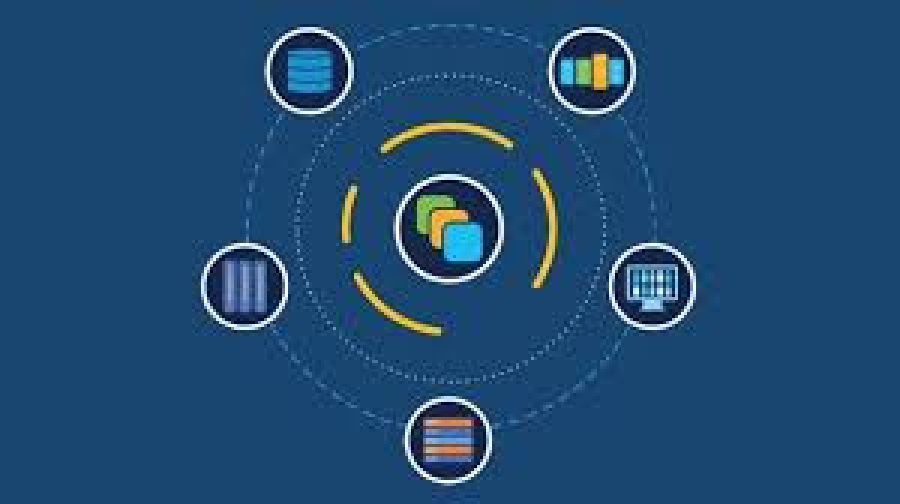Serverless Architecture: Is It the Future of Web Development
In recent years, serverless architecture has emerged as a groundbreaking approach in web development, promising scalability, cost efficiency, and simplified infrastructure management. For freelancers and developers on FreelancerBridge, understanding serverless technology is key to building modern, flexible, and high-performing web applications. This article explores what serverless architecture entails, its advantages, challenges, and why it could be the future of web development.
Long Description
Serverless Architecture: Is It the Future of Web Development?
As the demand for agile, scalable, and cost-effective web applications grows, developers are constantly seeking innovative solutions to streamline backend management and deployment. Serverless architecture is one such paradigm shift that eliminates the need to manage traditional servers, letting developers focus solely on writing code.
1. What is Serverless Architecture?
Definition: Serverless architecture refers to a cloud computing execution model where the cloud provider dynamically manages the allocation and provisioning of servers.
How It Works: Developers deploy code as individual functions or microservices that run on-demand, triggered by events such as HTTP requests or database changes.
Popular Platforms: AWS Lambda, Microsoft Azure Functions, Google Cloud Functions, and IBM Cloud Functions lead the serverless market.
2. Key Features of Serverless Architecture
Event-Driven Execution: Functions are triggered by specific events, running only when needed.
No Server Management: The cloud provider handles server maintenance, scaling, and infrastructure.
Automatic Scalability: Serverless apps automatically scale up or down based on traffic, ensuring optimal performance.
Micro-Billing: Developers pay only for the actual compute time used, reducing costs.
3. Benefits of Serverless Architecture for Web Development
Reduced Operational Overhead: Developers can focus on writing application logic without worrying about server maintenance or capacity planning.
Cost Efficiency: Pay-as-you-go pricing eliminates the need for provisioning resources upfront, making it ideal for startups and freelancers managing tight budgets.
Scalability: Serverless functions scale automatically to handle varying traffic, enabling web apps to serve millions of users seamlessly.
Faster Time-to-Market: Simplified deployment processes accelerate development cycles, helping freelancers deliver projects quicker.
Improved Reliability: Managed by cloud providers with built-in redundancy, serverless apps benefit from high availability and fault tolerance.
Enhanced Security: Providers handle security patches and updates, reducing risks associated with server vulnerabilities.
4. Common Use Cases of Serverless in Web Development
API Backend: Hosting APIs that scale on demand without managing servers.
Real-Time Data Processing: Handling streaming data, file uploads, or IoT events.
Chatbots and Voice Assistants: Powering conversational interfaces with event-driven functions.
Scheduled Tasks: Running cron jobs or periodic workflows with ease.
Webhooks and Automation: Triggering automated workflows based on user actions or third-party events.
5. Challenges and Considerations
Cold Start Latency: Initial function invocations can experience delays, impacting user experience for latency-sensitive apps.
Vendor Lock-In: Heavy reliance on a single cloud provider can limit flexibility and increase migration complexity.
Limited Execution Time: Functions typically have max runtime limits, unsuitable for long-running processes.
Debugging Complexity: Distributed nature makes testing and debugging more challenging than monolithic architectures.
Resource Limits: Restrictions on memory, CPU, and concurrent executions require careful design.
6. How Freelancers and Developers Can Leverage Serverless Architecture
Skill Development: Learning serverless frameworks and cloud services is essential to stay competitive on FreelancerBridge.
Cost Optimization: Advising clients on the financial benefits of serverless can increase project value.
Hybrid Architectures: Combining serverless with traditional infrastructure offers flexibility and gradual migration paths.
Rapid Prototyping: Use serverless to build MVPs and prototypes quickly without heavy upfront infrastructure investment.
Focus on Frontend: With backend management simplified, developers can spend more time enhancing UI/UX.
7. The Future of Serverless Architecture in Web Development
Edge Computing Integration: Serverless functions running closer to users will reduce latency and improve performance globally.
Better Tooling: Advances in monitoring, debugging, and deployment tools will ease serverless adoption.
Increased Adoption of Microservices: Serverless complements microservices architecture, fostering modular and maintainable codebases.
AI and ML Workloads: Serverless will enable scalable, event-driven AI/ML model inference and data processing.
Multi-Cloud and Open Standards: Future frameworks may allow seamless serverless deployments across multiple cloud providers, mitigating vendor lock-in.
8. Conclusion
Serverless architecture is transforming the way web applications are built and deployed, offering unmatched scalability, cost savings, and developer productivity. For freelancers and web developers on FreelancerBridge, mastering serverless technologies is a strategic move to deliver cutting-edge, efficient solutions in a competitive market. While challenges exist, ongoing innovations and ecosystem growth suggest serverless architecture is poised to be a dominant force shaping the future of web development.


 by Emily
by Emily




